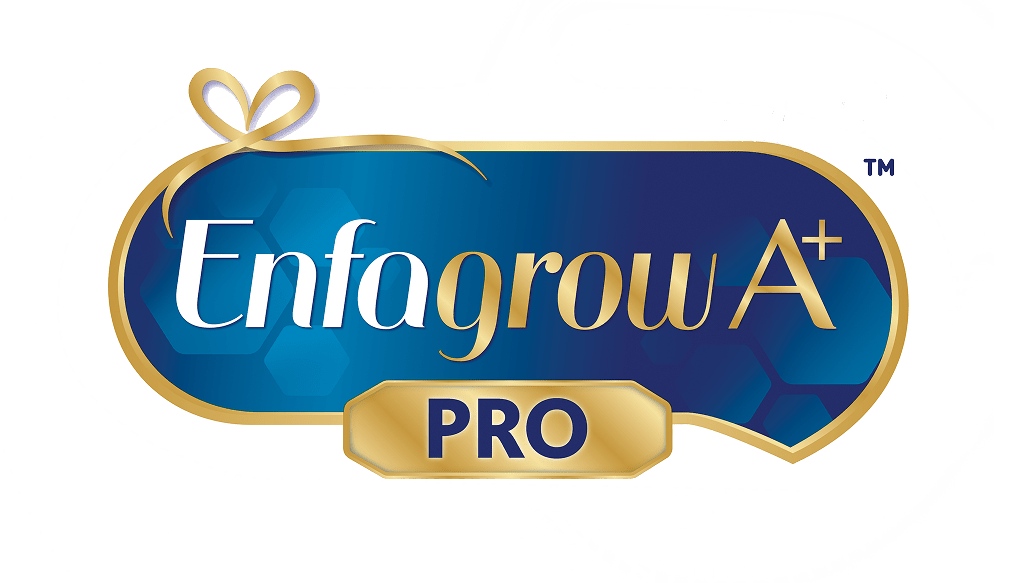
Introducing your child to solids is an exciting milestone. While most moms prefer the traditional route of spoon-feeding purees and mashed food, a growing number of parents are trying out baby-led weaning.
The big transition to solids can also be a challenge. Some babies get fussy or end up making a mess with their food. And you can’t always play food-as-airplane every meal either. But for those who practice baby-led weaning, you give the reins to your child. They get to decide what (and how much) they put in their mouths. Read on to learn the benefits of this method, plus discover helpful tips on how to properly execute it.
In baby-led weaning, you offer a selection of solids to choose from and let your child feed themselves. Usually, food is held in the hand rather than offered on a spoon. This approach allows your child to explore and choose their food. Moreover, it teaches them to eat at their pace.
It is recommended that the transition to solid meals be done around the age of six months1. This is the time when children have increased requirements for energy and nutrients, which cannot be provided by milk feeds alone. They can also start to develop the skill to grasp pieces of food and bring it to their mouths.
Preparing for baby-led weaning is easy. You won't be needing much equipment to make and store food. But before you start offering your child chunks of food, make sure they’re developmentally ready2. Your little one should be able to:
- Sit up with little to no support
- Hold their head straight
- Eat without the extrusion/tongue thrust reflex, which causes the tongue to push food out of the mouth
Benefits of Baby-Led Weaning
From developing healthier eating habits to increasing better long-term health outcomes, baby-led weaning is proven to be beneficial. You can expect your baby to:
1. Develop Oral and Fine Motor Skills
Baby-led weaning involves all five senses, offering sensory and physical opportunities for your child3. For example, gripping food of different sizes and textures improves manual dexterity; being able to put food in their mouths is a sign of good hand-eye coordination. Furthermore, learning how to chew develops facial muscles and it also aids in digestion.
2. Regulate Their Appetite
A child’s eating habits are established during childhood and can last a lifetime4. With spoon-feeding, the baby might eat more food than what they need, as the adult is in control. In baby-led weaning, your child becomes an active participant in the feeding process. According to a study, putting children in control of what they eat allows them to self-regulate hunger. Being able to recognize fullness can also prevent obesity5 9.
3. Increase Their Familiarity with Food
Your child’s first forays to solids open up a new world of tastes and textures. With baby-led weaning, your child gets to learn how different flavors work together. This is in contrast to spoon-feeding, where food is often pureed into one. Introducing more food early on helps develop wider food preferences in the long run. In one study, baby-led weaning was found to reduce picky eating behaviors10.
4. Gain Self-Confidence
Allowing your child to feed themselves teaches them to trust their judgement. As their experience with food grows, they will be able to discern what they like, and learn what to expect from different types of food. For instance, when your little one puts food in their mouth and it turns out to be delicious, this creates positive reinforcement that they did something good6. This increases your child’s self-esteem.
Baby-Led Weaning and Choking
If you have choking concerns, don’t panic. There is no significant evidence that baby-led weaning increases the risk of choking. Your baby will be fine as long as you offer safe food and they’re developmentally ready for this next step.
It’s also important to differentiate choking from gagging. All babies have strong gag reflexes7. Gagging is normal since your child is still trying to maneuver food into his mouth. Simply put, it’s a safety response. When your child gags, he might cough and go red in the face. Choking, in contrast, is silent.
Handy Tips for Parents
While starting on this feeding approach can be exciting, safety should always be a top priority. Here are tips to ensure baby-led weaning success:
- Utilize a High Chair
Have your child sit upright facing the table. This prevents them from choking on their food. Make sure they’re comfortable and can freely use their arms and hands. - Be Prepared for the Mess
Feeding your child can be a struggle, especially when they attempt to do it on their own. Expect your baby to drop food on the floor or fling around vegetables. It’s best to have something to cover the floor so clean-ups are easier. You may also try placing the food directly onto the tray instead of using plates and bowls that can easily be broken. - Include Your Child During Mealtimes
Having your child join you is not only a social experience for them, but it is also a learning one. There’s a good chance they’ll try to mimic how you eat and behave at the table. - Never Leave Your Baby Alone
Baby-led weaning doesn't mean your child is unsupervised during meals. Remember, they are still learning, so keep a close eye on them at all times. - Watch Out for Allergic Reactions
As you offer a greater variety of food, it is more likely that your child will have wider food preferences. It’s crucial that you introduce food that can trigger allergic reactions early on, in small amounts8. If tolerated, make it a part of their daily diet. Be sure to consult your pediatrician on the introduction of allergenic foods if there is a family history of food allergies. - Avoid Choking Hazards
These include grapes, nuts, fruits with seeds, etc. Try to start with soft-cooked sticks of vegetables like carrots, sweet potato, or celery. The trick is to serve food items that your child can bite into and chew.
Just like any feeding method, approach baby-led weaning with caution. If you are unsure on how to begin the process, speak to your doctor on the best methods. It might be a struggle at first, but once you get the hang of it, it can be an enjoyable bonding experience for you and your child.
Be part of the Enfamama A+ Club today to unlock a world of privileges and benefits which include free samples, exclusive vouchers, promotions, expert advice and many more!
Expert Resource:
Dr. Raymond Choy Wai Mun
(MCR 18097A)
MBChB (UK), Aviation Medicine (Singapore)
REFERENCES:
- Complementary Feeding (n.d). Retrieved August 7, 2020 from:
https://www.who.int/health-topics/complementary-feeding#tab=tab_1 - When, What, and How To Introduce Solid Foods (n.d). Retrieved August 7, 2020 from:
https://www.cdc.gov/nutrition/infantandtoddlernutrition/foods-and-drinks/when-to-introduce-solid-foods.html - Baby Led Weaning Provider Notes (n.d). Retrieved August 7, 2020 from:
http://ohioaap.org/wp-content/uploads/2016/09/5-ProviderNotes_BabyLedWeaning.pdf - Children’s Eating Attitudes and Behaviour: A Study of The Modelling and Control Theories of Parental Influence (2004). Retrieved August 8, 2020 from:
https://academic.oup.com/her/article/19/3/261/642259 - Measuring Behavioural Susceptibility to Obesity: Validation of the Child Eating Behaviour Questionnaire (2007). Retrieved August 8, 2020 from:
https://pubmed.ncbi.nlm.nih.gov/16962207/ - The Benefits of Baby-led Weaning (2008). Retrieved August 8, 2020 from:
https://www.naturalchild.org/articles/guest/gill_rapley_and_tracey_murkett.html#:~:text=With%20baby%2Dled%20weaning%2C%20babies,attitude%20toward%20food%20for%20life. - Baby-led Weaning: Pros And Cons (n.d). Retrieved August 8, 2020 from:
https://www.nct.org.uk/baby-toddler/feeding/introducing-solids/baby-led-weaning-pros-and-cons - What To Feed Your Baby (n.d). Retrieved August 8, 2020 from:
https://www.nhs.uk/start4life/weaning/what-to-feed-your-baby/around-6-months/ - Early influences on child satiety-responsiveness: the role of weaning style (2007). Retrieved August 10, 2020 from:
https://pubmed.ncbi.nlm.nih.gov/16962207/ - How feasible is Baby-led Weaning as an approach to infant feeding? A review of the evidence (2012). Retrieved August 10, 2020 from:
https://pubmed.ncbi.nlm.nih.gov/23201835/




